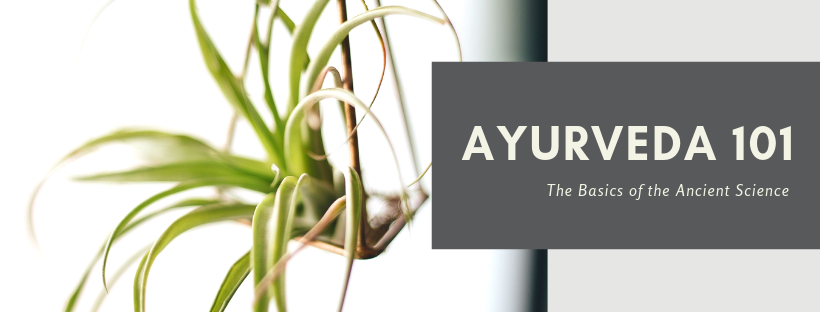Ayurveda 101
You might know your Enneagram Type or your DISC profile. These are helpful tools that allow us to better relate to one another and achieve a higher level of self awareness.
But did you know that you have a physical “type” as well? Using the methods of Ayurveda, we can learn our constitutional makeup and begin making better decisions when it comes to our health.
Because we are all incredibly unique, we are kidding ourselves if we believe that there is a “one size fits all” option for health. Through self awareness, we are able to pursue wellness with plans curated for our specific needs.
At NuPower, we follow the ancient science of Ayurveda, and recognizes that physical health in our modern world depends on a balanced lifestyle.
But what is Ayurveda?
Ayurveda is one of the world’s oldest healing sciences. It is known as the sister science to yoga and originated in India at least 5,000 years ago. In Ayurveda well-being includes a unique state of balance in your whole being—body, mind, and spirit. We each have a unique constitution called Dosha. Ayurveda seeks to create balance within the three major doshas.
Doshas not only describe your physical constitution but also your internal balance and motivation.
The Three Types of Doshas:
VATA: Qualities reflecting the elements space and air
Vata dosha, made up of the elements Air and Ether, is cold, dry, light, and mobile. In the body, it rules what Air and Ether rule, space and motion. As a physiological energy, this means it is responsible for the movement of the blood in the veins, the motion of the limbs, our reflexes, and the speed with which thoughts move through the mind. Basically, any type of movement in the body or mind involves Vata dosha. If you are thinking that this makes Vata a very powerful dosha, you are correct! In fact, Vata is called the “King of the Doshas” for that very reason.
Vata energy in excess is what we feel when we get overly enthusiastic or nervous. Frequently, people feel this energy increase when they travel, as well. Think of a butterfly, fluttering around in all different directions, easily changing course and constantly in motion, and you get a sense of Vata dosha.
PITTA: Qualities reflecting the elements fire and water
Pitta dosha, made up predominantly of the Fire element (with just a touch of water), is a hot, light, dry and unstable energy. In the body and mind, Pitta dosha rules digestion and transformation. Individuals high in Pitta dosha digest not only food quickly, but also information and experiences. Ayurveda sees nutrition as coming in through all five senses and all of that sensory input is digested and transformed into who you are; Pitta is responsible for this process. It also rules disorders of the blood, liver and skin.
Like a dragon scorching a path through unchartered territory, Pitta dosha is courageous and ambitious. This is the energy we feel when we take on a new job or role in life and need to act like a trailblazer. Think of the clear, visionary power of a fearless leader and you get a sense of Pitta dosha.
Kapha: Qualities reflecting the elements water and earth
Kapha dosha, ruled by the concept of stability, is most well-known for its heavy and dense qualities. It is made up of the elements Earth and Water, making it cold, moist, heavy, and stable. In the body, Kapha dosha manifests in our bones and muscles; the more Kapha dosha is present in the body, the larger and denser the bones will be.
Kapha dosha is the energy that quite literally holds the body together, in the expression of shape and form. It is also the energy of creation, so it rules any new venture or birth. Steady and slow, Kapha dosha is like an elephant or a tortoise ~ not the fastest or flashiest, but frequently wins the race in the long run!
______________________________
If you are not sure which dosha you most identify with, take this free quiz on our website to learn more about your physical and physiological make-up.
If one of these doshas strongly resonated with you, learn more about your constitution here.
This is a great first step towards self-awareness, growth and well-being.




